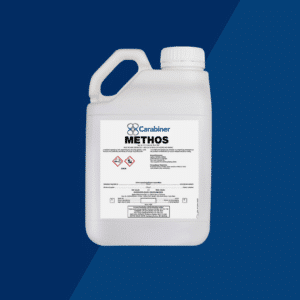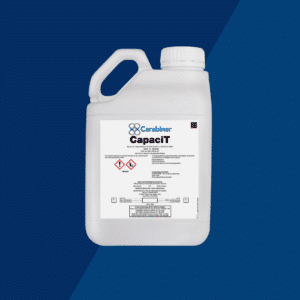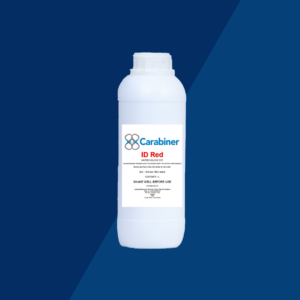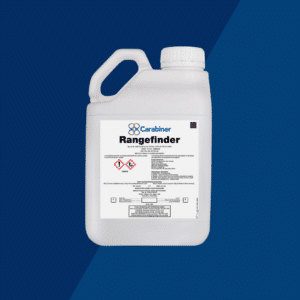Bombacil
Description
Bombacil is a soil applied suspension concentrate herbicide containing bromacil with long residual action which controls of certain tree and shrub species by way of root absorption.
Technical details
- Bromacil (Substituted Uracil)500 g/ l SC
- Reg. No./Nr. L 9730
- N-AR 1785
- W 130940
Species
Acacia burkei, Acacia erioloba, Acacia erubescens, Acacia karoo, Acacia mearnsii, Acacia mellifera, Acacia nigrescens, Acacia tortilis, Colophospermum mopane, Dichrostachys cinerea, Grewia flava, Terminalia sericea, Ziziphus mucronata
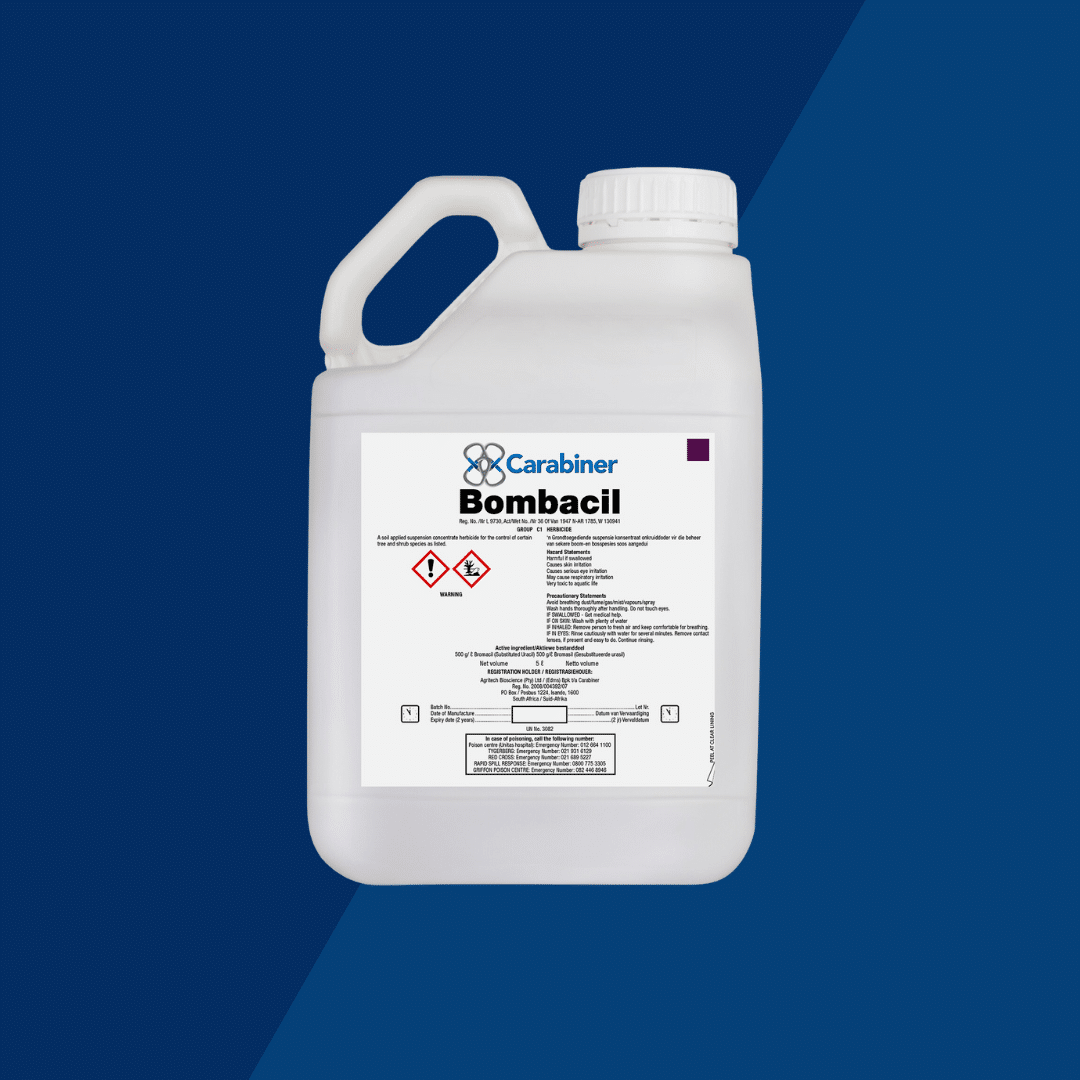
suspension concentrate herbicidee
Bombacil is a soil applied suspension concentrate herbicide containing Bromacil with long residual action which controls of certain tree and shrub species by way of root absorption. It contains a dye which allows users to see exactly where they have applied the product so as to avoid wasteful double dosing.
Bromacil is a very old but still extremely effective herbicide with very high user safety due to its low toxicity to humans and mammals. As part of a group known as uracils, these materials are broad spectrum herbicides used for non-selective weed and brush control.
Bombacil is absorbed through the plant’s root system and translocated upwards in the plant to the leaves, where it blocks photosynthesis of the plant and thereby starves it of carbohydrates needed for survival.
Bombacil treatments will only become effective once sufficient rainfall has occurred to leach the chemical into the root zone where it can be taken up by the target plant. It is therefore recommended to apply Bombacil just before, or at the beginning of the rainy season in order to obtain the best results. It is preferable to not apply towards the end of the rainy season. Bombacil is slow acting and susceptible species may take up to 2 years to die completely , depending on the soil type, target species and effective rainfall. During this 2 year period, the treated plants should show repeated defoliation and re-growth, with progressive dieback until death occurs. Therefore, a second application is not recommended within 24 months or until the symptoms of defoliation no longer occur.
For ease and accuracy of application, the use of an automatic dosing applicator is recommended. Applicators with a reasonable dispensing distance (2 – 3 meters) greatly facilitate ease of application in areas densely populated with the target species. Do not apply directly onto the stem of the plant or on grass and dead leaves at the base of the stem since this material will bind the chemical – apply directly to the soil at the recommended distance of 15 – 20 cm from the base of the stem. When more than one dose is applied to the same tree, place the applications evenly around the base of the stem.
Bombacil adsorbs only lightly to soil particles, making it an ideal product to use on soil with higher clay content. For these reasons, Bombacil is expected to move (leach) deeper into the rootzone to reach its target of killing plants with deep rootsystems like Dichrostachys cinerea (Sickle Bush), Vachelia mellifera ( Black Thorn) and Vachelia karoo ( Sweet Thorn ) just to name a few.
Bombacil could be persistent in the environment, depending on the application method, the dosage rate, rainfall and soil type. Bombacil is effectively degraded by microorganisms in the soil and water and if small quantities do escape into open water bodies, are also degraded by a photo-oxidation reaction. Bombacil generally is of low acute toxicity and remarkably, is less toxic than conventional table salt.
The efficacy and safety of bromacil based herbicide for the control of the invasive bush species in South African rangelands (ARDRI), University of Fort Hare, PB x 1314, Alice 5700, EC,
The use of bromacil based herbicides in agriculture and environmental management is a growing practice with economic importance. Bromacil possesses broad toxicity to many plant species, although, different formulations exist that are used for different purposes in farming systems. There is increasing concern about its use for the control of invasive woody species on South African rangelands; especially its effects on non-target grasses, broad leaved plants and other biotic components of the rangeland ecosystem.
This review outlines the importance of bromacil use, its nature and activities as an ingredient in herbicide formulation and the effects of its use on biotic and non-biotic components of rangeland ecosystems. The current use of Bromacil based herbicides for the control of bush encroachment seems necessary to derive good productivity from encroached rangelands and reduce cost and drudgery associated with other methods of bush control.
Bromacil is absorbed through the plant’s root system and translocated upwards via the xylem vessels to the leaves, where it interferes with light harvesting complexes and disrupt the photosynthetic pathways of the plant. This kills the plant slowly; sometimes, it spans over two years. Bromacil could be persistent in the environment for the same length of time, depending on the application method, the target species and the soil properties at the application site. Bromacil has a very low mammalian toxicity, but is considered to be slightly toxic to fishes and amphibians.
The effect of Bromacil on soil microbial population depends on the exact formulation, concentration and microbial species in question. Yet, bromacil is degraded by microorganisms in the soil and water, portions that escape into open water bodies are also degraded by photo-oxidation reaction. While bromacil provides for sustained weed control, its persistence in the environment and low degradation rates, is a cause for concern.

